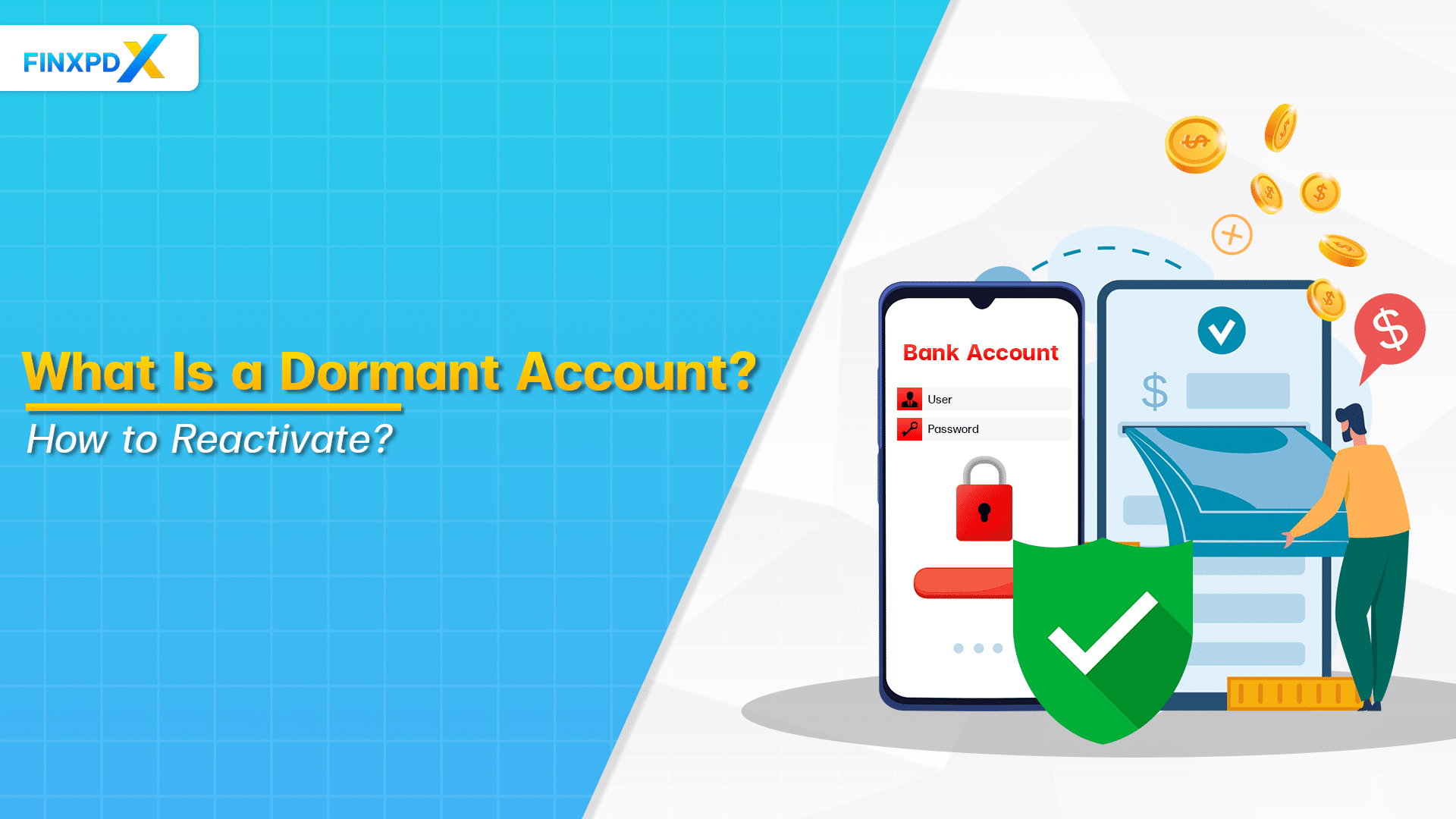Have you ever come across the term “dormant account” and wondered what is dormant account? Despite their common occurrence, they are often misunderstood. Whether you’re looking to reactivate a inactive account or simply want to understand its implications, this article has you covered.
This guide serves as a comprehensive resource to help you understand what it is, how it operates, and what distinguishes them from inactive or inoperative accounts.
What Is Dormant Account?
A dormant account typically refers to a financial account that hasn’t had any activity for a prolonged period. This inactivity period is usually defined by the institution that holds the account, such as a bank or brokerage firm. Common characteristics include the absence of deposits, withdrawals, or any other form of transaction over a specific time, often ranging from a year to several years.
This inactivity prompts financial institutions to flag these accounts as dormant. The primary reason for this is to safeguard against potential fraudulent activities or unauthorized access.
Key Takeaways
- A dormant account is a bank account with no financial activity for a specified duration, usually 12 months or more.
- Inoperative accounts are not the same as dormant accounts; the key distinction usually lies in the length of inactivity and the associated risks and fees.
- Dormant accounts are vulnerable to fraud if not adequately monitored.
How a Dormant Account Works
When an account becomes dormant, it’s more than just a label change. Several key shifts happen that can impact your finances. First and foremost, all transactional activities like deposits and withdrawals are generally halted. The account remains open but is effectively “frozen,” requiring reactivation before any further transactions can take place.
Dormant accounts often come with a set of fees. Some banks charge monthly maintenance fees, and these can add up over time. After a certain period, usually around 2 to 5 years of dormancy, your funds may be turned over to the state as unclaimed property.
The Difference Between Dormant and Inoperative Accounts
Below is a table that lays out the differences in detail:
| Criteria | Dormant Account | Inoperative Account |
|---|---|---|
| Duration of Inactivity | Usually, 6 months to a year or more based on the institution’s guidelines. | Shorter period, not enough to trigger “dormant” status. |
| Fees | May incur monthly maintenance or other fees. | Less likely to incur fees. |
| Notification | The bank typically sends notifications through mail or other methods. | Less formal notification, if any. |
| Security Measures | Additional measures to protect against unauthorized access. | Standard security measures remain in place. |
| Reactivation Process | More stringent, may require identification verification and/or a bank visit. | Usually simpler, a deposit or withdrawal might suffice. |
How to Reactivate a Dormant Account
The reactivation process is generally manageable. Below is a step-by-step guide to make the procedure straightforward:
1. Contact Customer Service
The first step in reactivating is to reach out to your bank’s customer service. They can guide you through the specific procedures required by your bank.
2. Provide Identification
Be prepared to provide identification documents to verify your identity. This is a crucial step to ensure the account belongs to you.
3. Update Account Information
It may be required to update your account information, such as address, contact number, and email to complete the reactivation process.
4. Clear Any Fees
If your account has incurred any fees while it was dormant, you might need to pay them off to complete the reactivation.
5. Perform a Transaction
Finally, conducting a transaction, whether it’s a deposit or withdrawal, will often be the final step to fully reactivate your account.
5 Tips to Avoid Inactive Account
Avoiding the complication is preferable to having to reactivate one. Here’s a straightforward guide:
1. Automate Regular Transactions
One of the most effective ways to keep your account active is by setting up automated transfers. Whether it’s moving money between accounts or scheduling recurring bill payments, automation ensures regular activity.
2. Utilize Calendar Reminders
It’s easy to forget about an account. Use your digital calendar to set periodic reminders to make a transaction or just check your account status.
3. Maintain Updated Contact Info
Banks will often try to contact you before turning your account inactive. Make sure your contact information is up-to-date to avoid missing these crucial communications.
4. Monitor Your Account
Regularly go through your account statements to ensure everything is in order. If possible, opt for e-statements to have quick, easy, and eco-friendly access to your account history.
5. Understand Your Bank’s Policies
Each bank has different rules. Make it a point to know these to better manage your account’s status.
⚠️Tip: Check your email regularly for dormant account notifications from your bank.
Conclusion
Dormant accounts may seem like a minor inconvenience but can become a hassle if not addressed timely. Understanding what is dormant account, how it differs from an inoperative account, and knowing the steps to reactivate it are essential for smart financial management.
Additionally, prevention is the best cure; being proactive about maintaining account activity can save you both time and resources. By adhering to the tips provided, you can easily avoid the complications and navigate your financial journey more confidently.
FAQs
A dormant account meaning refers to a bank account that has had no financial activity for an extended period, usually at least 12 months.
The duration varies by institution, but it’s generally at least 12 months of inactivity before an account is classified as dormant.
Yes, but you’ll usually need to reactivate the account first, which may involve identity verification and possibly clearing outstanding fees.
Yes, reactivation is generally possible by performing a transaction and possibly updating your personal information.
It is not inherently bad, but it may incur fees and become vulnerable to fraud if not monitored.
Related Articles:
Read more: Banking








